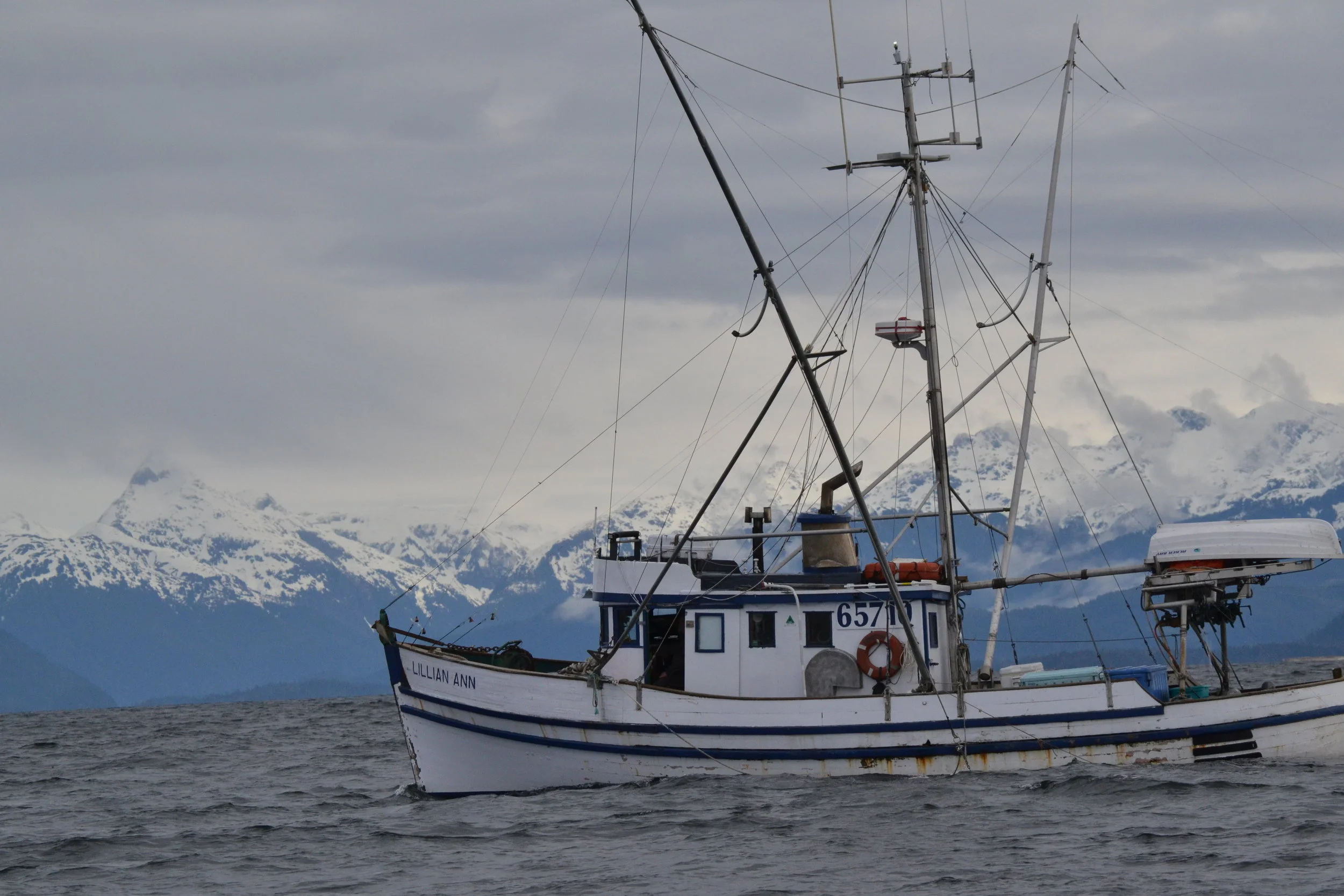This summary for fishermen was written by researchers that audited fishing vessels as part of ALFA's fuel efficiency program to determine which energy inefficiencies exist in typical fishing vessel use.
Through their study, the authors found that retrofitting a vessel with an advanced power system will likely save one to three thousand gallons of fuel per year, depending on the type of power system installed and the design of the original system. The cost, risk, and time required to implement each proposed propulsion system will need to be assessed separately to determine whether the fuel savings warrant investing in one of these new systems.
Report Introduction:
Fuel savings can be achieved in troll and long line vessels by installing a hybrid drive system. A hybrid drive has two independent power sources that can turn the propeller shaft, allowing the main engine to be powered off under light load conditions. Further savings can be achieved on freezer vessels that often run two engines simultaneously. Additional maintenance cost savings may be achieved by reducing engine hours, particularly on the main.
Read the full report here.

